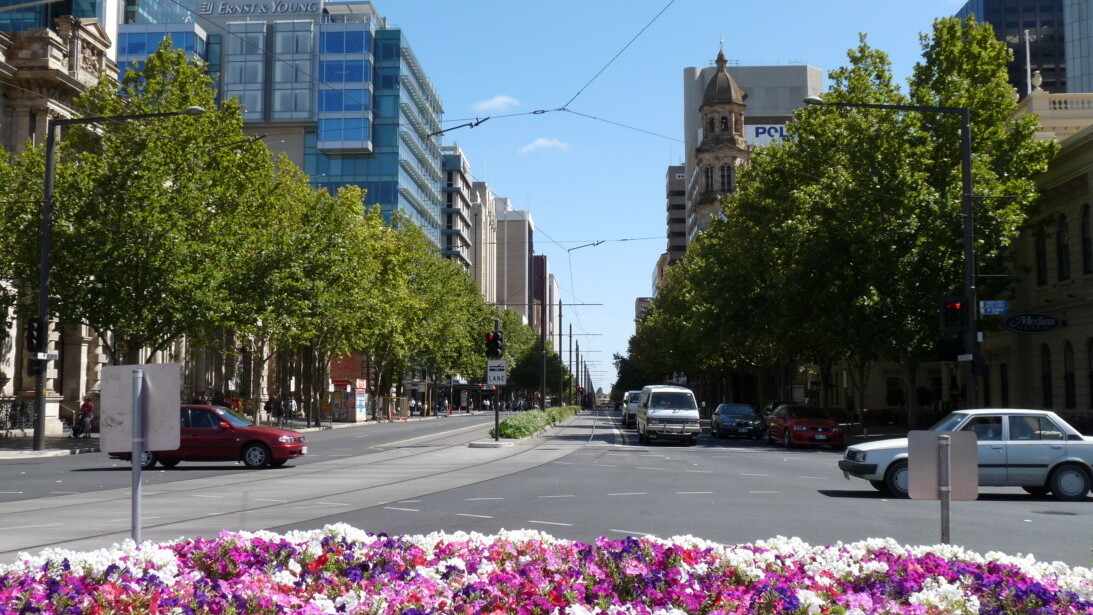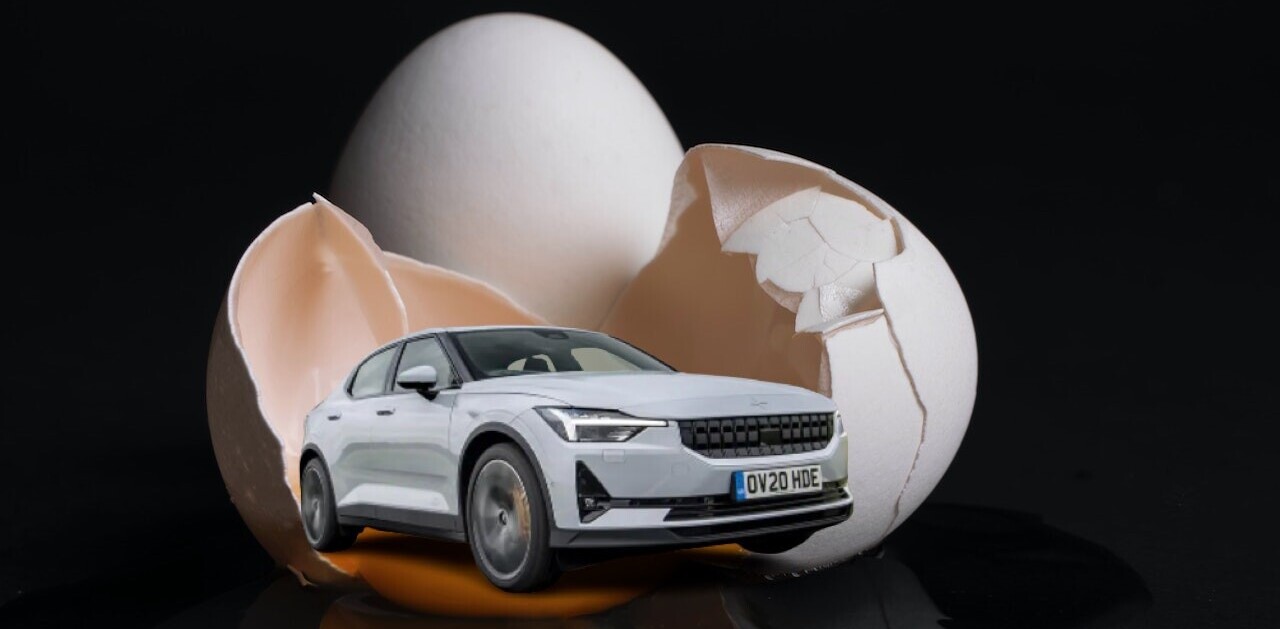
By the time you’ve finished reading this article, roughly 20 people will have moved from the country into a city somewhere around the world. In any given week, millions of people head into cities.
Cities are growing well beyond anything their founders could have imagined. At the same time, the resources available within cities are not scaling up at the same rate. Many are looking for solutions to these problems; one being proposed is the “smart city”.
“Smart cities” can encompass concepts in urban design, or focus on the engineering required to support a city. But it’s very easy to use the term without really saying what it actually means in terms of improvements people will see.
Transport, aged care and parks are three areas where existing projects and available technology are making cities and suburbs better places to live. These projects are real and happening now. In Adelaide, experts from across the University of Adelaide’s five faculties are part of the newly launched Australian Smart Cities Consortium.
More efficient transport
The car has dictated much of the way we live in modern cities. One way we can improve everyone’s lives is to make transport networks better.
By Australian standards, Adelaide has quite low levels of traffic, but it still suffers from traffic jams and congestion. This leads to frustration and makes everyone’s lives less pleasant.
One way we can make this better is by understanding our traffic flows better. We can use this information to adjust how cars move through busy areas.
But not everyone drives – so let’s also look at public transport and pedestrian crossings.
Putting GPS tracking on buses allows riders to know when the bus is coming, and if they have to run because one is about to come around the corner. With better traffic monitoring and control, we can build bike lanes that are safer and integrate with existing traffic, or change the way that pedestrians cross the road.
We can show pedestrians a countdown timer for the time left to cross, or give elderly citizens more time to cross on demand – as seen in Singapore with smart cards.
The computing and monitoring capability to do this has existed for some time, but the smart city focus lets us pin down problems of city living and identify where we can put our resources to help.
South Australia’s Department of Planning, Transport and Infrastructure uses vast amounts of sensing data and planning information to build transport networks that will support the next phase of Adelaide’s growth.
Better care
Health issues and the provision of health care are a constant issue for governments. Up to one-third of Australian state budgets goes to health care and hospitals. And with an ageing population, we are going to need to care for more and more people over time.
Current work in Adelaide on smart ageing provides ways to look after elderly and isolated citizens without robbing them of their privacy. Non-intrusive monitoring can see if someone has fallen over or hasn’t got out of bed that day. We can combine this with data privacy to let only doctors or close family know what’s going on.
Sometimes, just knowing the temperature of someone’s house and being able to notify a contact or care worker if it’s too hot or cold can make the difference in saving a life.
Being able to care for someone, giving them autonomy and dignity in their own home, will help us look after the growing number of ageing people over the next few decades.
Well-kept green spaces
Cities need a combination of spaces to make people happy. Some we work in, some we live in, some we move through, and some, like parks and green space, we linger in and enjoy as part of leisure and play.
Parks, gardens and playgrounds make cities and suburbs more liveable but have upkeep and repair costs. Non-camera-based sensors in a park can tell us how many people are using it and whether a certain piece of play equipment is being avoided because it is broken.
So, instead of having to send someone around to see whether something has happened, we can send someone out to fix something when it happens.
We have a lot of great resources in and around Australian cities. In Adelaide, and in many other cities, Smart Cities projects are taking place right now that make these growing urban centres more liveable for everyone.
This article was originally published on The Conversation. Read the original article.
Get the TNW newsletter
Get the most important tech news in your inbox each week.





